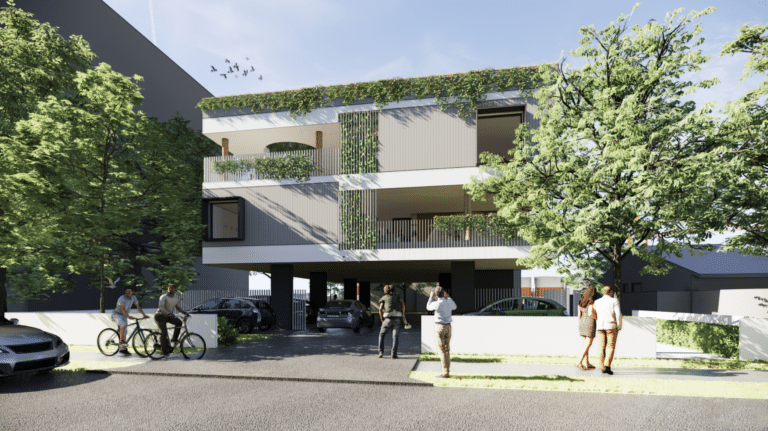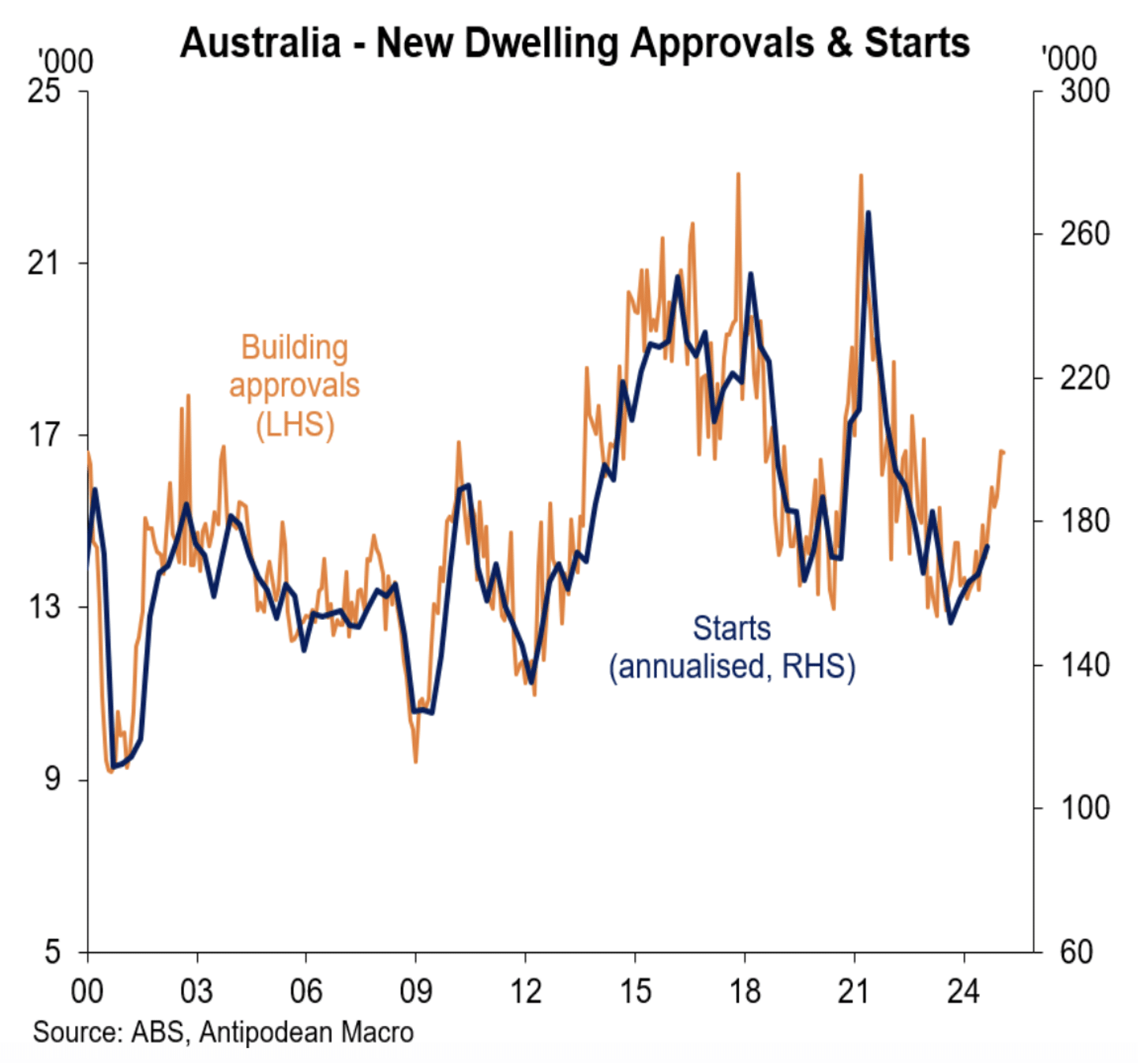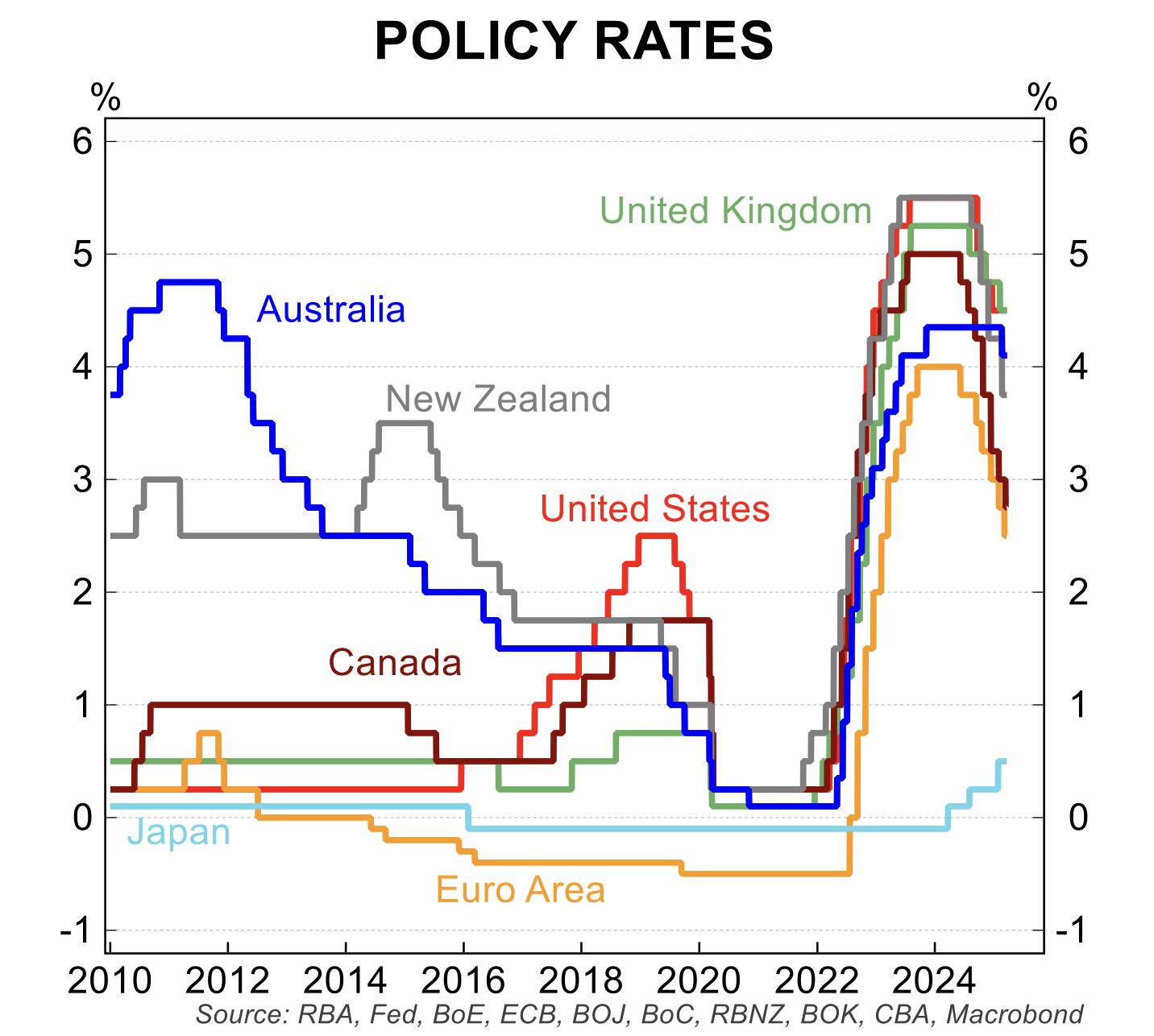The Tier 1 Australian banks hold majority share of the Commercial Real Estate Debt (CRED) market, yet a significant funding gap – valued at c. $70Bn per annum – still exists.
Prospective investors into this growing asset class often ask the question…
Why does a gap exist between bank and non-bank funding?
If these loans are creditworthy, why would the banks not fund them?
There has always been a gap in the lending market although perhaps, it has become more prevalent in the decade following the Global Financial Crisis due to:
- introduction of Basel II
- APRA initiated proposals to implement Basel III
- higher capital requirements for ADIs resulting in tighter lending capabilities
- Banking Royal Commission
Taken together, this has resulted in much stricter capital requirements for the banks, thereby leading to a narrowing of their lending parameters and reduction in their risk appetite – especially for commercial lending – to ensure they met Regulators’ capital requirements.
This does not mean that the transactions, or the borrowers, being turned away by the banks, are not A-grade quality; it is simply a reflection of the banks skimming the top of a very deep pool.
CASE STUDY
Let’s take a look at a recent transaction we funded for the construction of a childcare centre in Toukley NSW.

Developed by an award-winning and highly experienced Sydney-based developer who has successfully completed numerous projects over the past decade throughout the greater Sydney region, the Project is already 40% complete and has been cash-funded to date by the asset-strong Borrower.
However, given that the Borrower wanted to own the asset directly, bank finance was not available as the transaction metrics fell outside of the bank’s ‘template’.
Following our detailed due diligence and assessment process, Zagga approved this transaction based on:
- favourable lending parameters achieved with a conservative LVR of 52.80%
- established, experienced childcare operator secured as tenant on 15-year lease with rental income providing an interest cover ratio of c.1.73x for any incoming lender upon refinance of the loan, once construction is complete
- experienced builder/developer within the industry, with demonstrated history of delivery.
Zagga’s lending appetite is focused on quality borrowers with quality assets to provide as security. The key difference, compared with a bank’s credit assessment, is flexibility and a tailored approach.
Zagga looks at each opportunity on a case-by-case basis to ensure it meets the lending criteria, and then matches a successful loan application to the risk and return appetite of approved investors.
As was shown via this case study, Zagga was able to meet the funding gap required to complete construction and assist the Borrower, a highly experienced and successful developer, achieve activation of the property as an operating asset.
This transaction presented our Investors with an attractive investment opportunity at a variable return of 8.30% p.a. (recalculated on Cash Rate movements), with interest paid monthly over an estimated nine-month term.
Questions?
Look here.
Bank Funding
Bank funding refers to the process of obtaining financial resources from traditional banking institutions, such as banks and credit unions. Banks accept deposits from customers and use these deposits, along with other sources of funds, to provide loans and credit to borrowers.
Non-Bank Funding
Non-bank funding encompasses a wide range of sources outside of traditional banks. This can include private investors, hedge funds, peer-to-peer lending platforms, and other alternative finance providers such as Zagga.



